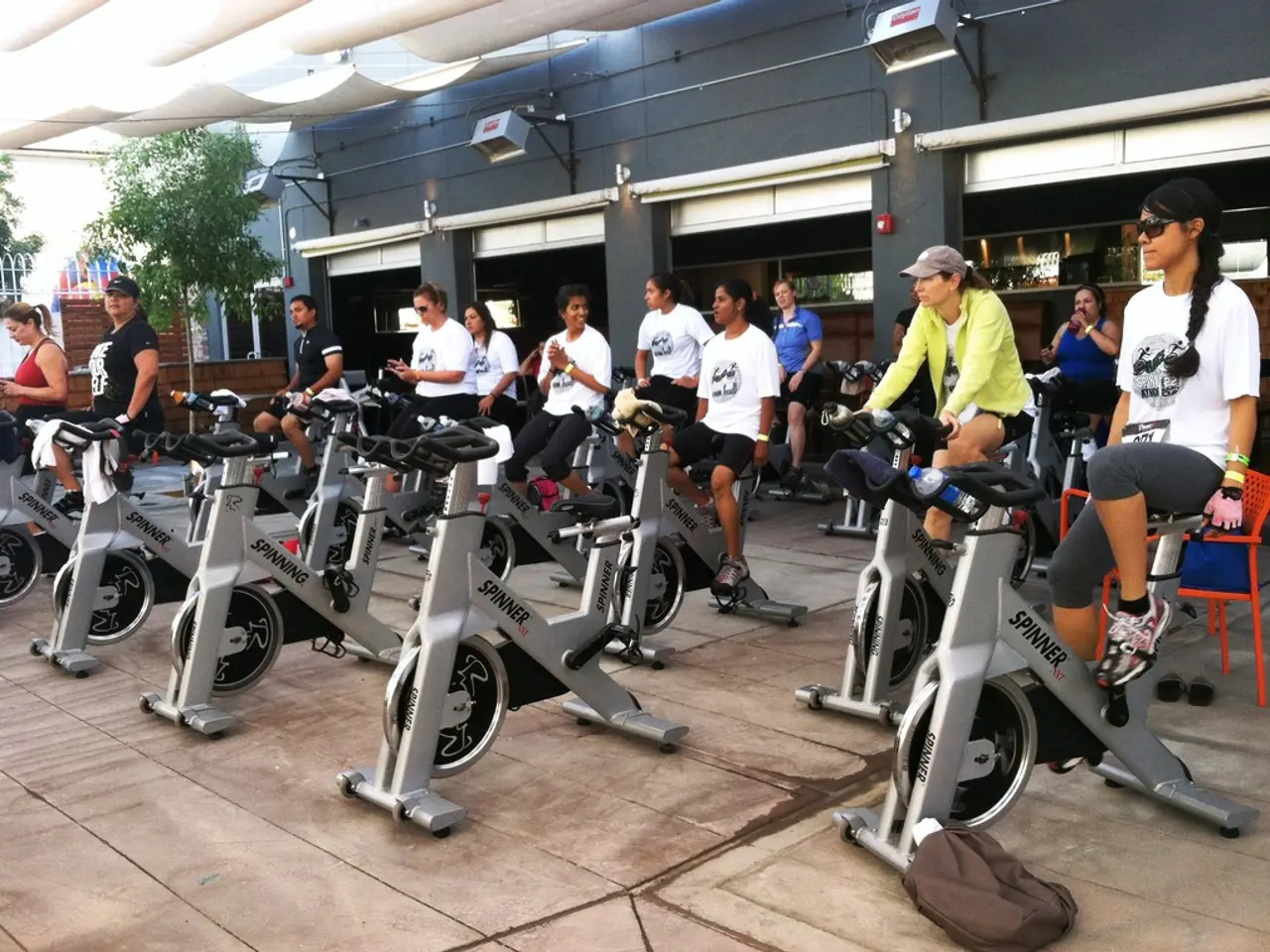Importance of Rest Days, Advantages, and Determining the Right Time for a Break
Taking a break from exercise might seem counterintuitive, but rest days are essential for a balanced and effective workout regimen. Here's why:
Muscle Recovery and Growth
Rest days allow microscopic muscle tears from strength training to heal and repair, leading to stronger, bigger muscles via processes like muscle fibrosis.
Preventing Muscle Fatigue and Injury
Rest reduces accumulated fatigue in muscles and connective tissue, lowering injury risk and avoiding burnout.
Improving Performance
Taking regular rest prevents overtraining, helping maintain or improve gym performance and muscle mass over time.
Enhancing Sleep Quality
Rest days help hormones return to balance and reduce stress, improving sleep patterns disrupted by overtraining.
Supporting Cardiovascular and Metabolic Health
Light activity on rest days, such as walking, Zone 2 cardio, swimming, or yoga, increases blood flow, clears metabolic waste, boosts recovery, aids endurance, and heart health without causing excessive fatigue.
Indicators That You Need Rest Days or Recovery
Persistent muscle soreness or stiffness that doesn't resolve with light activity, decreased performance or strength plateau despite training effort, symptoms of overtraining, signs of injury or excessive fatigue, mental burnout or lack of motivation to exercise, and certain other signs may indicate the need for rest days.
Active Recovery on Rest Days
Most experts recommend 1–2 rest days per week, incorporating active recovery (light movement such as walking, stretching, or yoga) rather than complete inactivity. Rest can vary from a single day off to extended breaks, depending on intensity and personal recovery needs.
When to Seek Medical Advice
If a person's symptoms persist or worsen despite following the RICE procedure (Rest, Ice, Compression, Elevation), they should see their doctor for a diagnosis and appropriate treatment. A person should also see a doctor if they believe they have sustained an injury during exercise or if they experience an uncontrollable need to exercise.
In some cases, an injury may take several weeks to become apparent. Certain signs indicating a need for a rest day include persistent muscle pain, inability to complete workouts, continued feelings of sluggishness, binge eating, increased incidence of injury or illness, changes in mood or behavior, and reduced beneficial effects of workouts.
The American Council on Exercise suggests activities such as spending time on a hobby, enjoying time with family or friends, catching up with work, volunteering, reading a book, or watching TV to relax on a rest day.
In summary, rest days are essential for physical repair, injury prevention, performance enhancement, and overall wellbeing. Listening to your body’s signals like soreness, fatigue, or poor sleep can help identify when rest is needed. Active recovery on rest days maximizes benefits by promoting circulation and metabolic waste clearance without adding stress.
- Persistent muscle pain, even after engaging in light activity, might be an indicator that a person needs a rest day to allow their muscles to fully recover and prevent further injury.
- Mental burnout or a lack of motivation to exercise can also signify the need for rest days, as mental health is an essential aspect of overall well-being and effectiveness in fitness and health-and-wellness routines.
- Moreover, science suggests that taking steps to observe rest days can lead to predictive benefits, such as enhancing sleep quality, avoiding injury, and improving performance in fitness and exercise over time.
- A balanced health-and-wellness routine that includes fitness and exercise should consider the importance of active recovery on rest days, which can promote circulation, metabolic waste clearance, and contribute to a person's overall sense of well-being.




